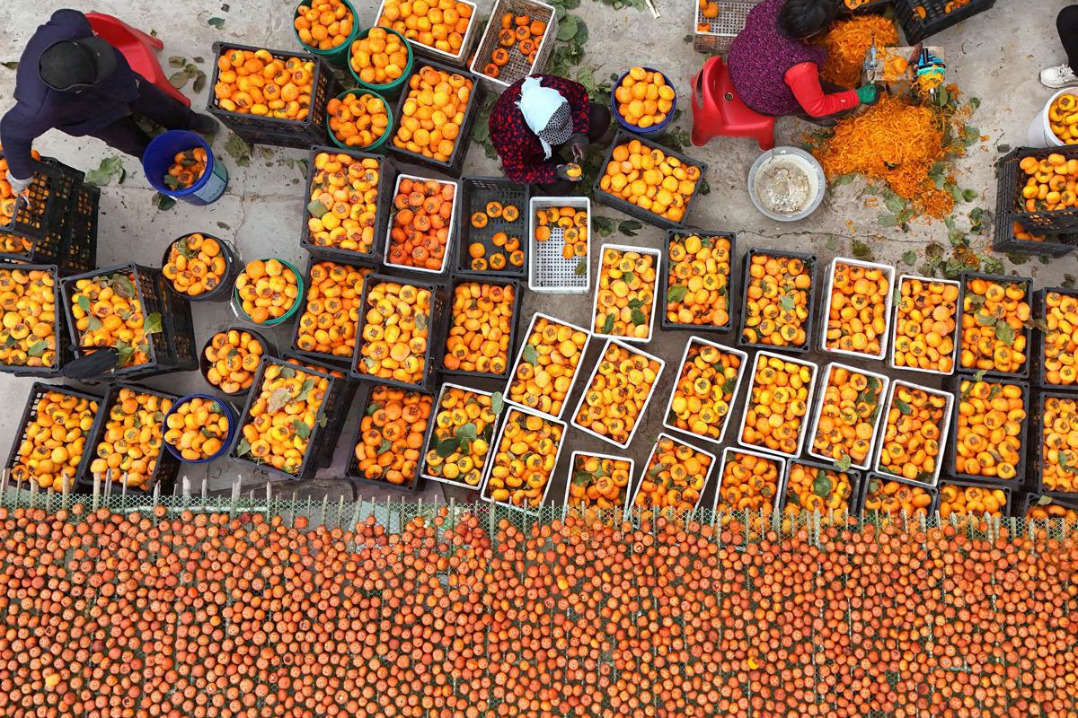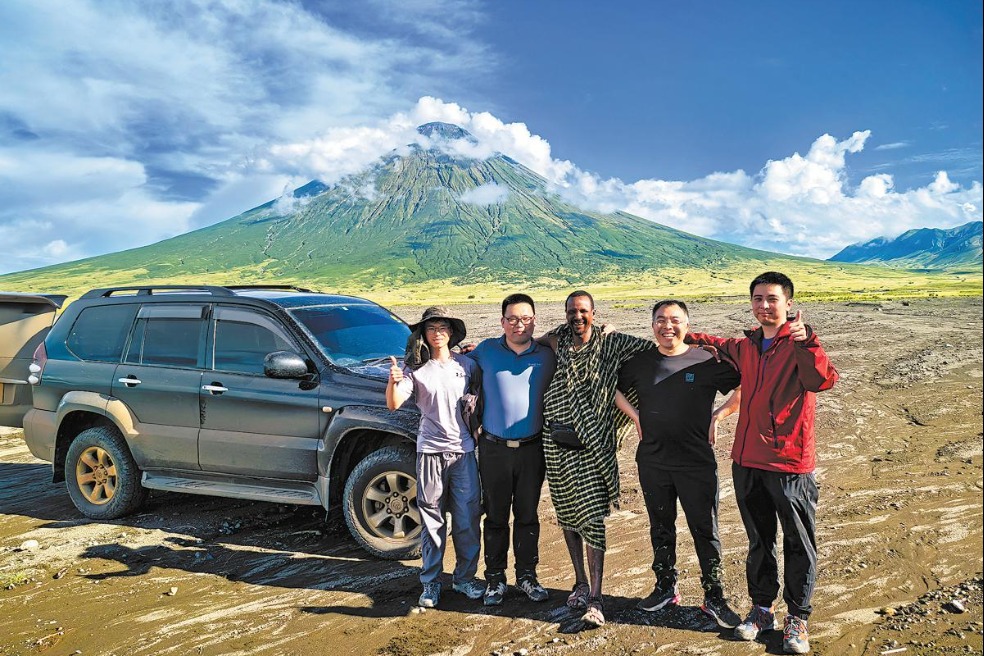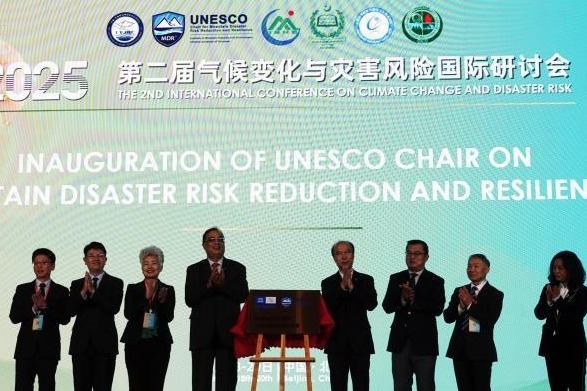Malaria drug still 'best weapon'


Discoverer of key substance in therapy confident in overcoming resistance issue
Artemisinin will continue to be the priority drug for the treatment of malaria, despite signs of drug resistance to artemisinin-based combination therapies (ACT) in some countries, Nobel laureate Tu Youyou said on Monday.
Tu, who won the 2015 Nobel Prize in physiology or medicine for the discovery of artemisinin, said drug resistance has remained a big challenge to anti-malaria workers.
Tu said her team has proposed solutions to the problem of artemisinin resistance, adding it was still "the best weapon" against malaria.
ACTs have been the most effective treatment recommended by the World Health Organization to fight malaria, which causes more than 400,000 deaths worldwide every year, mostly in African countries, according to the WHO.
However, reports that increased time is needed for parasite clearance for the therapies in countries in the Greater Mekong Subregion, including Cambodia, Myanmar and Laos, have stirred speculation that malaria parasites may have developed resistance to artemisinin.
As a solution, Tu's team proposed adjustment to the existing therapies, including extending the course of a therapy from three days to five or seven and replacing accessory drugs against which parasites have developed resistance in ACTs with other drugs.
The new therapies have been effective in solving drug resistance problems in ACTs, the team said.
Tu, a researcher at the China Academy of Chinese Medical Sciences, said artemisinin will continue to be effective as a malaria treatment for a long time. In addition, with its low treatment cost - only a few dollars for a course - it is particularly useful in African countries, which have the biggest number of cases.
"Artemisinin continues to work very well in most of the world, and it will remain highly efficacious," said Pedro Alonso, director of the Global Malaria Programme of the WHO.
Alonso said there is delayed clearance of parasites in only a very small proportion of cases, but "it is not necessarily the problem of artemisinin, it's more the problems of the partner drugs".
"Hundreds of millions of doses are being given every year, and the drug works very, very well through most of the world. I don't think this will change in the near or midterm future," he said.
Yang Henglin, a malaria researcher at Yunnan Institute of Parasitic Diseases, in Kunming, Yunnan province, said studies have shown in the past 20 years that the sensitivity to artemisinin has reduced in malaria cases in some parts of Yunnan province along the China-Myanmar border, but more than 95 percent of malaria cases in the area can still be cured.
"I don't think malaria parasites have developed resistance to artemisinin, despite the discovery that some patients cannot be cured with the recommended ACTs," he said. "All the reported cases whose treatment failed initially have been cured finally through receiving increased doses and undergoing longer courses of treatment."
Yang suggested extending a course of ACT treatment to five days, from three days, and increasing doses of the drug by between 60 and 100 percent for successful treatment.
Despite the existing ACTs, which are still safe and efficient, more research is needed on developing new drugs that are effective to fight malaria, he said.
"The task is urgent, as problems of drug resistance on artemisinin may be emerging," he said. "Prior to artemisinin, all other drugs that were used to treat malaria failed due to drug resistance problems, and we must make preparations in advance to develop new drugs in case."
Alonso said he foresees artemisinin continuing to be the primary drug, although research and development efforts are underway in the pharmaceutical sector for alternative drugs.
"It is good for us to have options, but developing such new drugs is obviously challenging," he said.
Malaria, which infected more than 30 million people annually with a death rate of 1 percent in China in the 1950s, has been wiped out in China in most areas. No locally transmitted cases were reported in 2017, according to the National Health Commission.
The number of malaria deaths worldwide had almost halved from 2000 to 2017, but the number of malaria cases worldwide has seen a rebound in recent years following a general decline - from 214 million in 2015 to 219 million in 2017, according to the WHO.
Xinhua contributed to this story.
- Crew members ready for Shenzhou XXI mission
- China urges Philippines to 'mend its ways' over South China Sea provocations
- Key things to know about formulation of recommendations for China's 15th five-year plan
- Hainan striving to be a 'low-carbon island'
- Chinese-German metals company opens innovation center in Shandong province
- Automaker leverages premium audio to ride China's intelligent vehicle wave





































